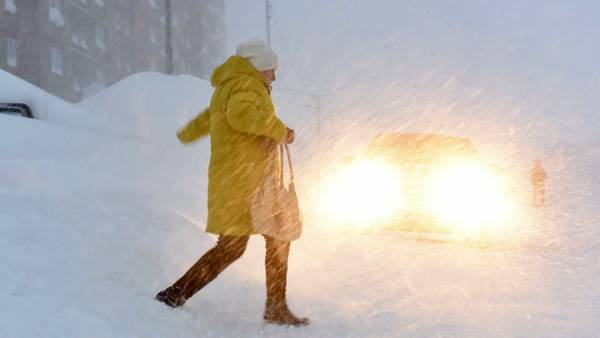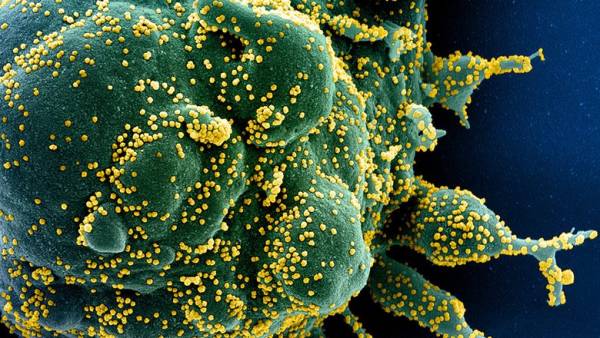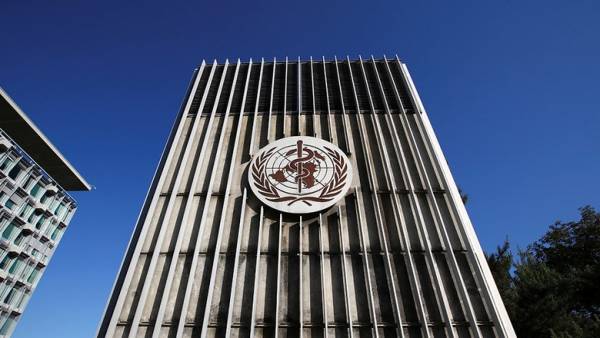Snow is not white The grains of frozen water are transparent. Snowflakes seem white because their edges reflect visible white light. Sometimes, looking at a snowflake under a magnifying glass, you can see that it shines with rainbow colors. This is sunlight refracted by passing through ice. Snowflakes always have six sides Hydrogen and oxygen molecules, which make up water and, accordingly, snowflakes, can only be combined in such a way that a hexagonal ice crystal is obtained. Two identical snowflakes can exist There is a myth that two identical snowflakes cannot be found in nature. But in 1988, Nancy Knight, a scientist at the National Center for Atmospheric Research in Colorado, discovered two identical snowflakes that appeared during a storm in Wisconsin. Snow warms Since fresh compacted snow consists of about 90-95% air, it is an excellent insulator. For this reason, many animals burrow deep into the snow in








